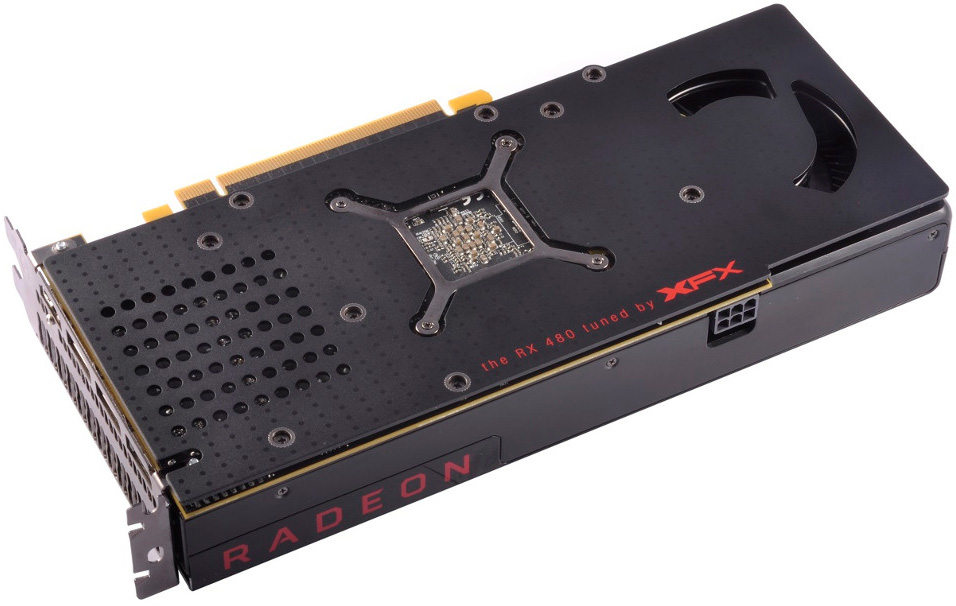You can turn your Radeon RX 480 into an RX 580 with a BIOS flash
A free upgrade, though not without risk.

You might be kicking yourself if you recently purchased a Radeon RX 470 or 480 graphics card, only to have AMD refresh its Polaris lineup with new Radeon RX 570 and 580 cards. Don't be so hard on yourself. For one, you probably picked up your first generation Polaris card at a discount. And secondly, some users are reporting success flashing their RX 470 and 480 cards into RX 570 and 580 parts.
Over at TechPowerUp, forum user TonybonJoby download the BIOS from a Sapphire RX 580 Limited Edition card clocked at 1,411MHz (boost) and flashed his XFX Radeon RX 480 card with it using ATIFlash. He now has a card that is recognized as a Radeon RX 580 with the faster clockspeeds.
Guru3D also reports seeing success stories of both Radeon RX 470 and 480 models being flashed into Radeon RX 570 and 580 cards, including a Sapphire Nitro+ RX 470 that is now recognized as a Sapphire Nitro+ 570.
Since most board partners are using the same PCB design as the previous generation for the newer RX 570 and 580 models, the Device ID remains the same as well. That makes it easy to flash older cards. The question is, should you attempt it? That depends.
Our own Jarred Walton notes that in practice there is usually a reason why cards are shipping at lower clocks and possibly voltages as well. "I had a 7970 GHz that I flashed to an R9 280X vBIOS back in the day, and it only sort of worked," Jarred notes. Memory brand and other small variations can play a role, in other words.
The early attempts we're reading about are at least promising. After flashing to a BIOS from a Radeon RX 570 or 580, the cards understandably run a little hotter, but are able to complete benchmark runs without any issue.
For the best odds, you'd want to have a card with a faster GPU to begin with, as presumably it would be binned to handle higher clockspeeds. These cards also tend to use higher quality components.
The biggest gaming news, reviews and hardware deals
Keep up to date with the most important stories and the best deals, as picked by the PC Gamer team.
The other thing to consider is whether your card has one BIOS or two. In both examples outlined above, the cards have dual BIOSes, providing the users with a sort of safety net in case something goes wrong. If your card has only one BIOS, a faulty flash could ruin your day.
As with all end user overclocking, be wary of claims you see on the Internet about 'guaranteed success,' and don't forget to backup your original VBIOS.
Paul has been playing PC games and raking his knuckles on computer hardware since the Commodore 64. He does not have any tattoos, but thinks it would be cool to get one that reads LOAD"*",8,1. In his off time, he rides motorcycles and wrestles alligators (only one of those is true).


